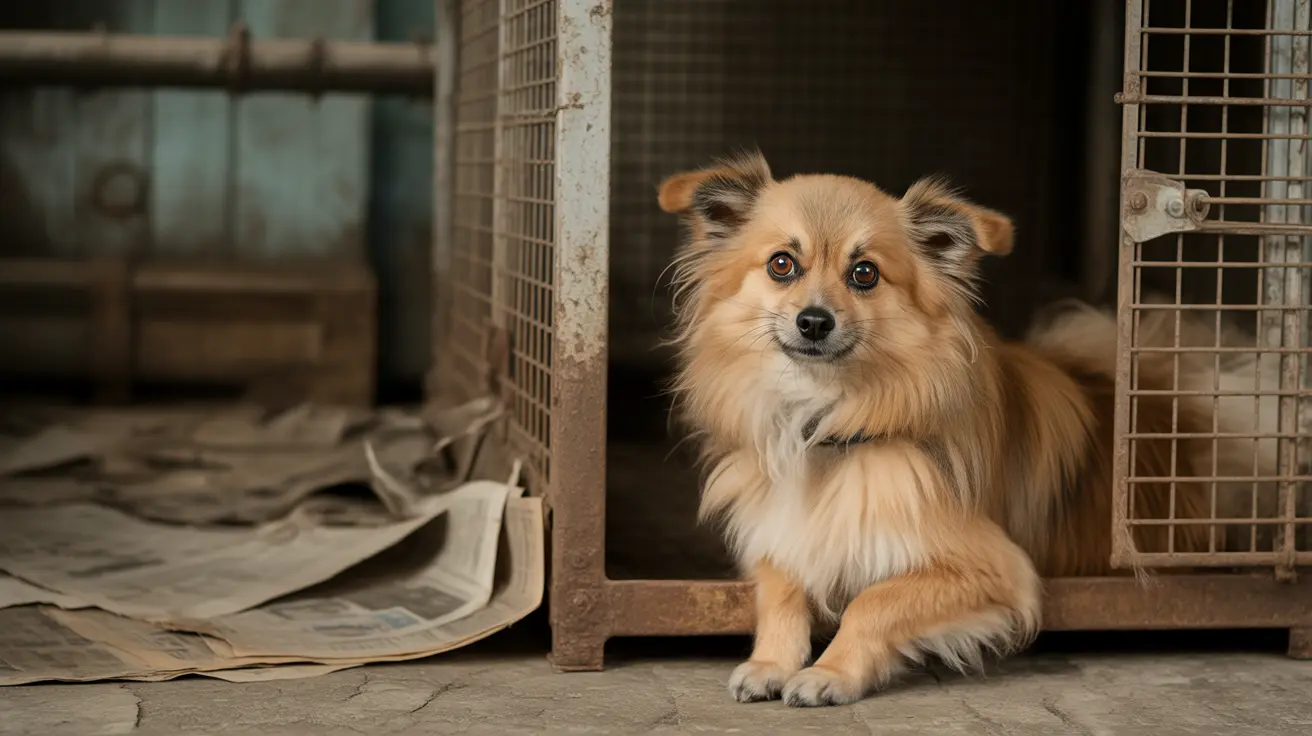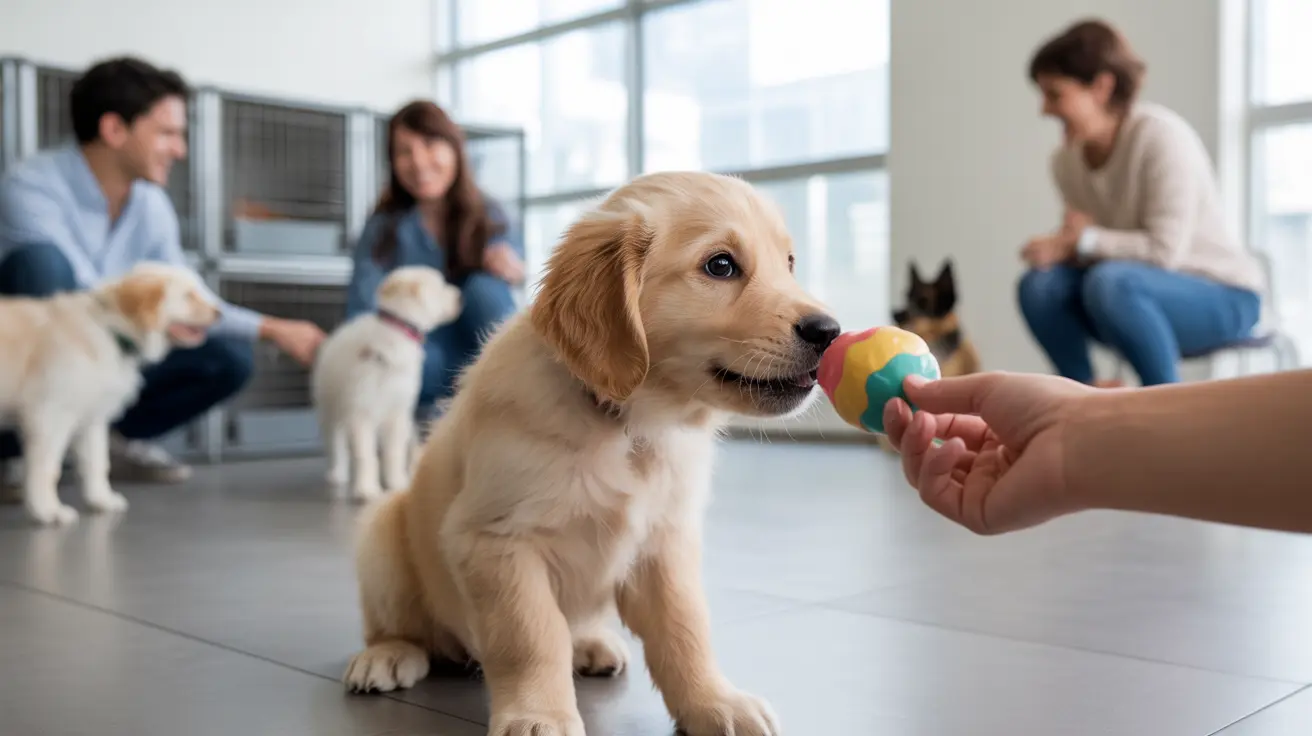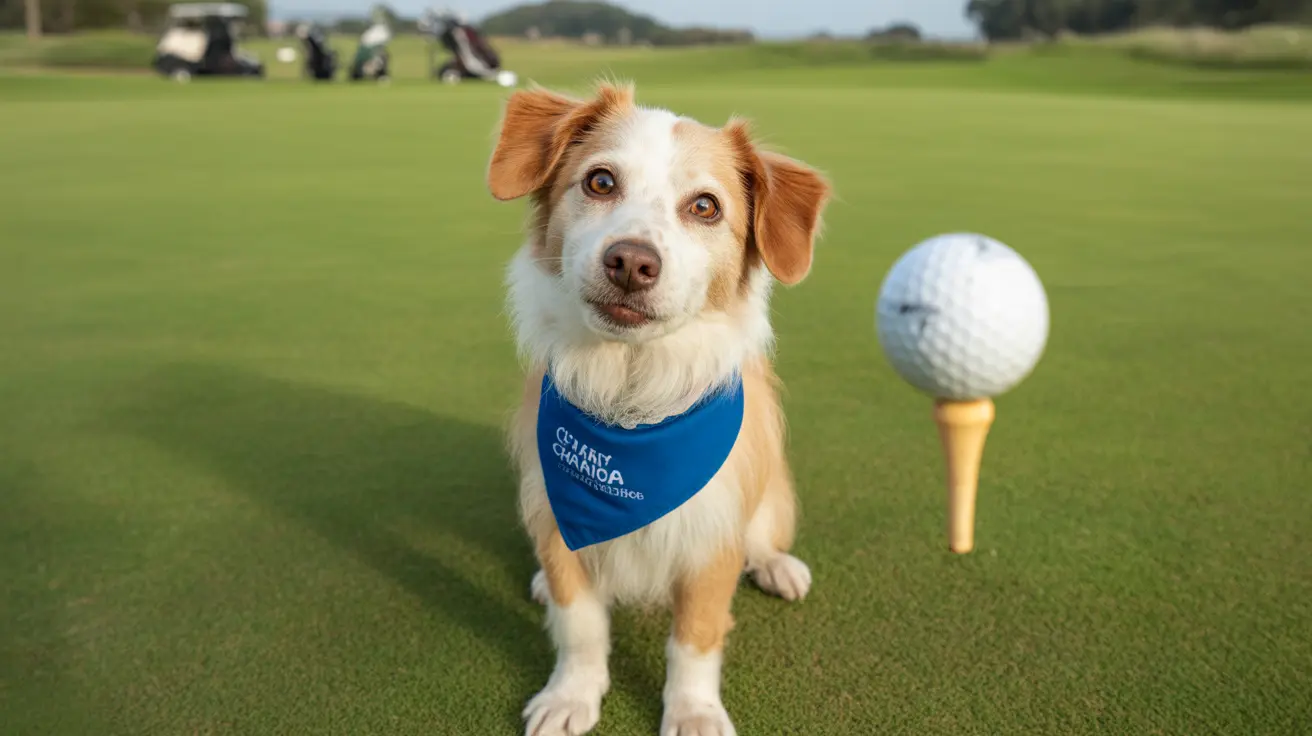Essential Knowledge for First-Time Dog Owners
Becoming a dog owner can fill your life with joy, laughter, and companionship—but it also brings real responsibility. If you’re thinking about welcoming a dog into your home for the first time, there’s a lot you’ll want to know before taking the leap.
Assessing Your Readiness
Before you even start looking at adorable pups or browsing adoption websites, take a hard look at your lifestyle. Do you have the time and energy to care for a pet every single day? Dogs need daily exercise, regular feeding, training sessions, vet visits, and plenty of affection. Make sure your household is on board too—everyone’s needs matter when adding a new member.
Consider these questions:
- Do you have enough space (indoors and outdoors) for a dog?
- Is your schedule flexible enough for walks and playtime?
- Are you prepared for the financial commitment—food, vet bills, supplies?
Choosing the Right Dog
Not all dogs are created equal when it comes to temperament or energy levels. Some breeds love adventure and need lots of activity (think Border Collies), while others are content with short walks and couch time (Bulldogs come to mind). If you have kids or other pets, look for breeds known for patience and gentleness. Don’t forget grooming needs—a long-haired pup might require frequent brushing and trips to the groomer.
If you’re unsure which breed or mix might suit you best, talk to shelter staff or breed experts—they’ll help guide your decision.
Adoption vs. Breeder
You’ll face another big choice: adopt from a shelter or buy from a reputable breeder. Shelters often have adult dogs whose personalities are already clear (and many are already trained). Responsible breeders can help match puppies to families based on temperament. Expect questions—they want to be sure their dogs go to good homes.
Preparing Your Home
Your house will need some changes before your new friend arrives. Remove anything dangerous—hazardous foods or plants, loose electrical cords—and create a comfortable space just for them. Stock up on essentials:
- Food appropriate for their age/size
- Bowls for food and water
- A collar with identification tags
- A sturdy leash
- Bedding or crate
- Toys (especially chew toys)
- Treats (for training)
- Grooming tools
- Puppy pads/baby gates if adopting a young dog
The First Vet Visit
Soon after bringing your dog home, schedule an appointment with the vet. They’ll set up vaccination schedules and preventive medications (fleas, ticks, heartworm), check overall health—including spaying/neutering—and discuss microchipping. Ask about breed-specific risks and dietary needs.
Daily Routine & Training
Dogs thrive on routine. Set regular times for meals, walks, bathroom breaks, playtime—consistency helps them feel secure. Begin house- and crate-training immediately; supervise closely at first and reward good behavior with praise or treats (positive reinforcement works wonders). Basic commands like sit, stay, come, down, and leave it should be taught early on.
Socialization & Mental Stimulation
Your new companion needs more than just physical exercise—mental stimulation is key! Introduce them gradually to different people, pets, sights, sounds; this builds confidence and good manners. Puppy classes or obedience courses can be helpful if you’re feeling overwhelmed.
- Interactive playtime keeps boredom at bay.
- Puzzle toys challenge their minds.
Nutrition & Grooming
Puppies typically eat three to four times daily; adults usually eat twice per day. Choose high-quality food suited to their age/size—ask your vet if unsure. Treats shouldn’t exceed 10% of daily calories.
Grooming routines depend on coat type but generally include regular brushing/bathing (with dog-safe shampoo), nail trims, and dental care using canine toothpaste.
Exercise Needs
The amount of exercise varies by breed and age—from short strolls for older/small dogs to vigorous runs for high-energy breeds. Regular activity prevents health issues and curbs unwanted behaviors while strengthening your bond.
Your Dog’s Safety & Legal Requirements
- Your pup should always wear ID tags—and be microchipped with current info.
- Know local leash/licensing laws; follow them closely.
Create an emergency plan in case of disaster; have backup contacts who can care for your pet if needed.
The Financial Commitment & Support System
- Budget realistically: food/supplies/vet/grooming/training/insurance/emergencies add up quickly!
If possible, get pet insurance—it helps with unexpected medical costs. Arrange backup care (pet sitter/dog walker/boarding) in case travel or illness keeps you away from home.
The Adjustment Period & Patience
Your new dog may feel anxious at first—give them space but maintain structure so they know what’s expected. Be patient: setbacks happen but consistency builds trust over time.
Troubleshooting Common Problems
If issues like chewing or anxiety pop up—or if housetraining feels impossible—don’t punish harshly; seek advice from vets or professional trainers instead. Most problems improve with guidance and patience.
Nurturing Your Bond
The heart of successful ownership? Daily engagement through playtime, walks outside together—even simple conversation strengthens your connection! Meet both physical and psychological needs, stick with routines when possible—and let love guide every interaction.
- Research breeds/dogs that match your lifestyle/family situation
- Dog-proof home/gather supplies before arrival
- Soon after adoption: schedule veterinary checkup/vaccinations/microchipping discussion
- Create feeding/exercise/bathroom routines right away; start training/socialization early using positive reinforcement techniques only!
- Add grooming/preventive health care as part of routine maintenance plan—and budget accordingly!
- If challenges arise: consult professionals rather than resorting to punishment methods; most issues resolve with patience/training/support network in place!
- Nurture relationship daily through play/walks/communication/social interaction/routines meeting all needs equally well over time!





